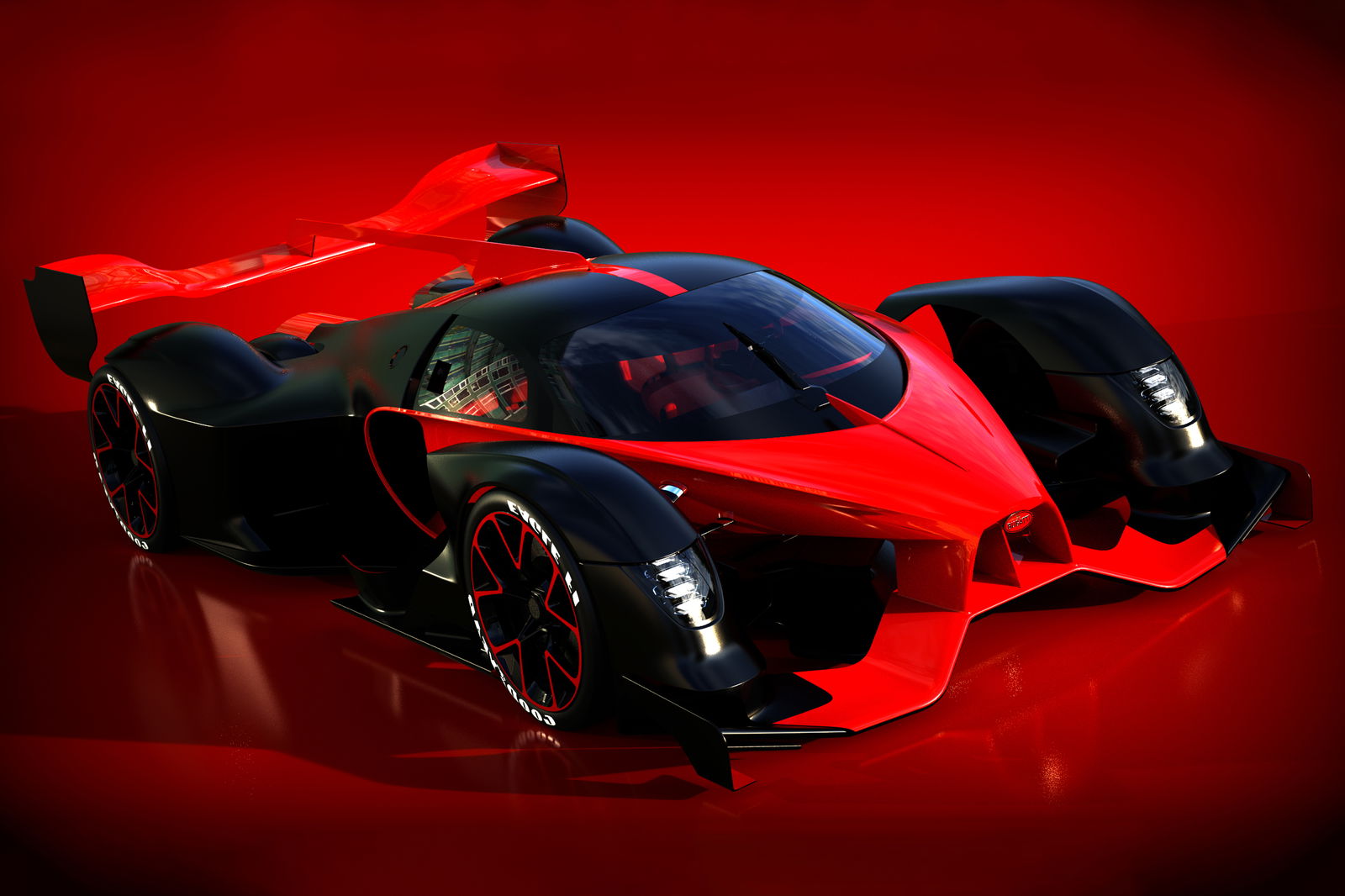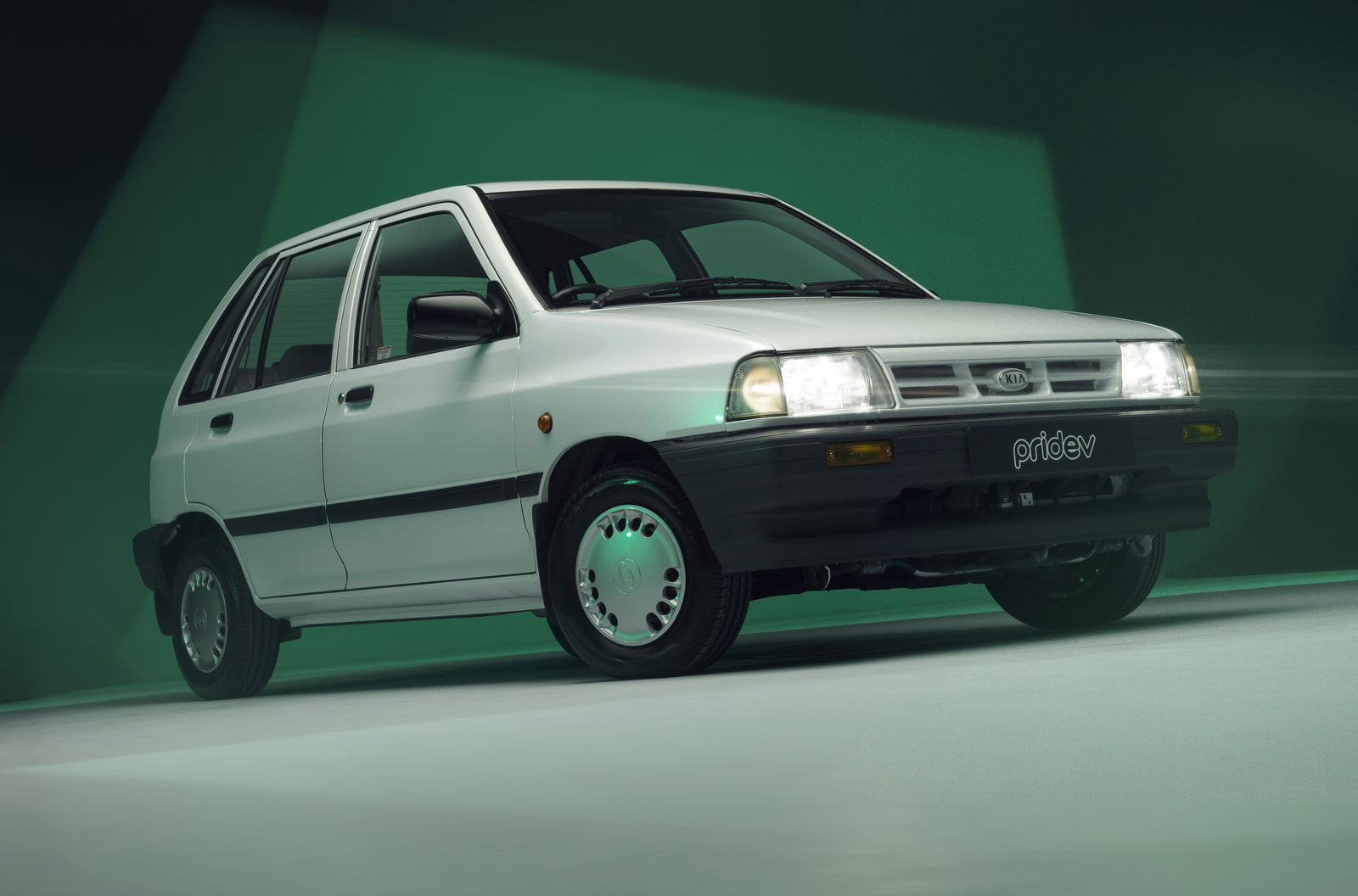The Hydrogen Electric Crossover Estate Renault Embleme Is All The Things At Once

Even as full EVs suffer a sales slump for various reasons, there’s plenty of talk – rightly so – about slashing the greenhouse gas emissions produced by the automotive sector. Not just in terms of the stuff that cars actually emit, but the stuff produced as a byproduct of building them. It’s this entire bigger picture that the Renault Embleme concept has been designed to address.
Debuting fully later this month at the Paris Motor Show, the Embleme is many things at once: a crossover and an estate car, and an electric car and a hydrogen fuel cell vehicle. The idea is that you have a relatively small 215bhp electric motor powered by an equally compact 40kWh battery for short trips, and then lean on hydrogen power for longer runs.

This, says Renault, means you can cover 1000km – 621 miles – in the same time as a traditional combustion car, with two quick stops to fill up with hydrogen. That would be a more impressive claim if two crucial things existed that currently don’t: a credible hydrogen refuelling network, and this car.
Cynicism aside, Renault’s engineers have apparently managed to get the weight of the Embleme down to a theoretical 1750kg. Given that two tonnes is pretty much the bare minimum for a production electric crossover, that’s remarkable – especially considering there’s not one but two powertrains on board. A drag coefficient of 0.25 further contributes to its efficiency-geared design.

That’s the driving emissions nicely dealt with then (assuming all the electricity and hydrogen are being produced sustainably) – what about actually making it? The Embleme (again, theoretically) features as much recycled and natural material and parts as possible, and all the energy poured into its production is renewable. Overall, Renault reckons that a production car built like this would drop a car’s total life-cycle CO2 emissions by 90 per cent.
Very worthy, and despite our general aversion to anything crossover-ish, it’s a strikingly handsome thing, too. Hopefully, Renault and others can implement at least some of the Embleme’s virtuous production methods into cars people can actually buy. And we won’t complain if future Renaults look like it, either.



Comments